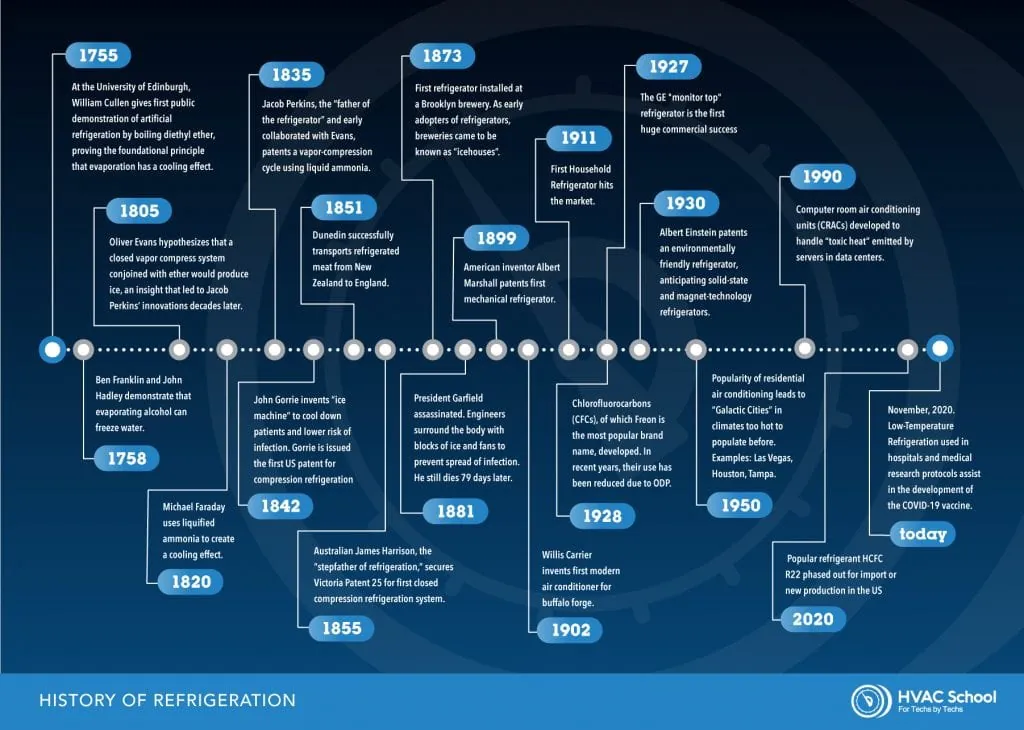It is impossible to imagine modern life without A/C and refrigeration. For example, many Americans have a refrigerator in their home or live in an air-conditioned building. Moreover, you wouldn't be reading this article without refrigeration. Computer servers operate and are stored in large, refrigerated rooms. So, cooling is vital for modern society to function as it does. But you probably didn't know that refrigeration has a rich history.
So, maybe you're wondering how we've made it this far. How have refrigeration and A/C evolved into what they are today? Who were the brilliant people who first discovered refrigeration? How did cooling shape American society?
Let's take a walk through the history of cooling. We will find our first clue in ancient Middle Eastern and South Asian societies.
ANCIENT COOLING TECHNOLOGIES
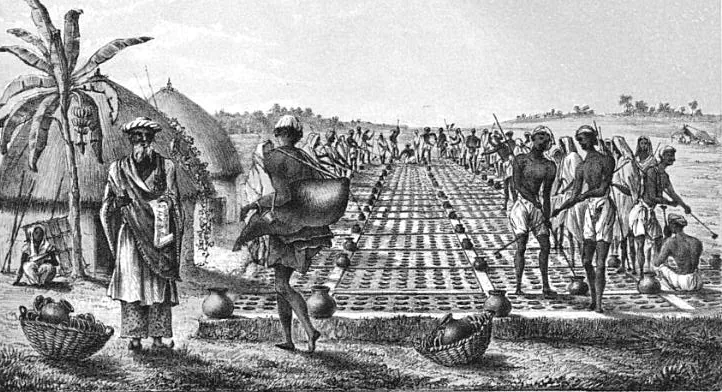
Humans have depended on cooling for a long time. However, people who lived in hot climates didn't have natural ice at their disposal. They had to get creative to stay comfortable.
You could say that the ancient Egyptians invented the first window unit. They didn't have electricity or the boxy units we use today, though. Instead, they would hang wet reeds on their windows. The water on the reeds would absorb heat from the warm wind, and cool air would enter the building.
We’ve also used refrigeration much longer than you probably expected. The people of ancient Persia and India used to make their own ice. They did it by merely leaving trays of boiled water out at night. Heat leaves the earth through the atmosphere, especially at night when the sun can’t add more heat. (That’s why you may have frost on your roof or car even though it’s not freezing outside.) The water would freeze due to heat loss.
A/C and refrigeration by our current standards are quite different. When we think of A/C and refrigeration, we probably think about mechanical processes, not wet curtains and frost. When did we realize that we could control our environments with machines?
Artificial cooling has a long and complicated history. The whole story is an epic tale full of doctors, inventors, and entrepreneurs.
EARLY NOTABLE DEVELOPMENTS
Benjamin Franklin may be best known as an inventor and one of the Founding Fathers. However, he conducted an experiment that paved the way for refrigerant development. In 1758, he discovered that alcohol evaporation led to cooling. In his words, evaporating alcohol could bring about “the possibility of freezing a man to death on a warm summer’s day.” That discovery did not immediately lead to inventions, but it came back later. About 170 years later, it led to the development of Freon in 1928.
Renowned scientists such as William Cullen, Robert Faraday, and Jacob Perkins also contributed to the development of refrigeration and air conditioning. Perkins patented the first vapor-compression refrigeration cycle in 1835. That is what we use in most refrigerators and A/C units today, but Perkins's patent never got very far.
Instead, Florida got on the map as the epicenter of refrigeration technology. (In retrospect, at any rate.)
THE FLORIDIAN ICE MACHINE
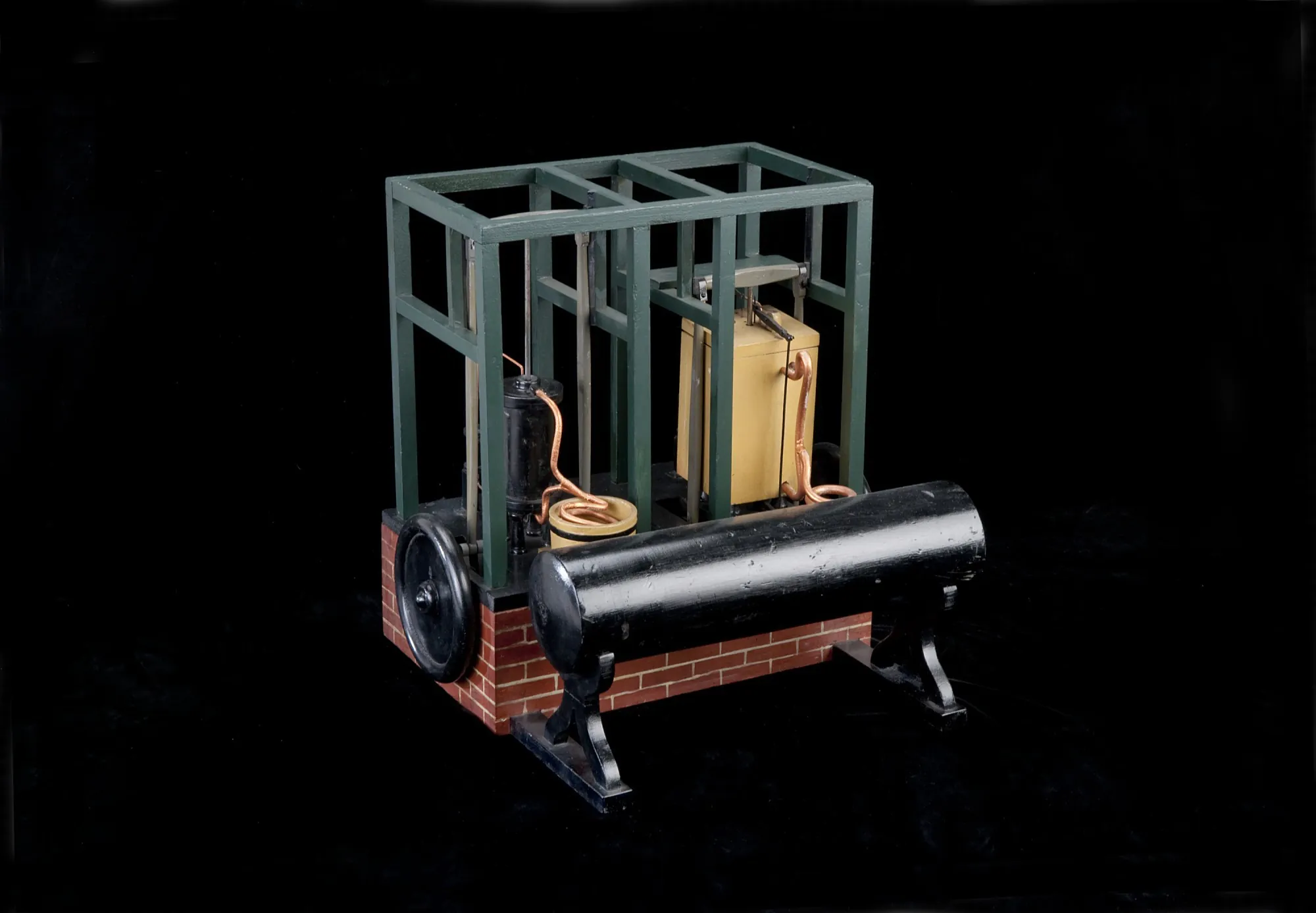
The Florida Panhandle was home to one of the most prominent figures in refrigeration history. At the time, he was just a humble physician who tried to cure tropical diseases. His name was John Gorrie.
John Gorrie moved to Apalachicola because malaria and yellow fever ran rampant there. In Gorrie’s time, those diseases were thought to be caused by swampy climates’ hot and humid air. That was actually how malaria earned its name, Italian for “bad air.” (We now know that mosquitoes carry the disease.)
Gorrie believed that cooler temperatures would help his patients. His first idea was to suspend ice buckets from the ceiling. The cold, dense vapor molecules would drift down and provide some relief for the patients’ fevers.
However, Gorrie later developed a cooling technology of his own. He did not invent compression refrigeration as we know it, but he invented the ice machine. His machine used brine (salty water) to freeze water in metal trays. Those ice blocks would then accumulate in a wooden box.
Gorrie's ice machine was popular locally. After seeing the success, he received a patent for his invention in 1851. Sadly, a series of unfortunate events followed, including the death of his main investor. Other investors backed out, possibly due to a smear campaign against Gorrie’s machine. Gorrie died in 1855, humiliated, bankrupt, and alone. If this story has a saving grace at all, it's that Gorrie was later recognized for his contributions to science and technology. Today, he has a monument located in the National Statuary Hall Collection. He is one of Florida’s two statues.
So, we at least respect Gorrie's place in history, even if his life story was unfair.
COOLING THERAPY AND A NATIONAL TRAGEDY
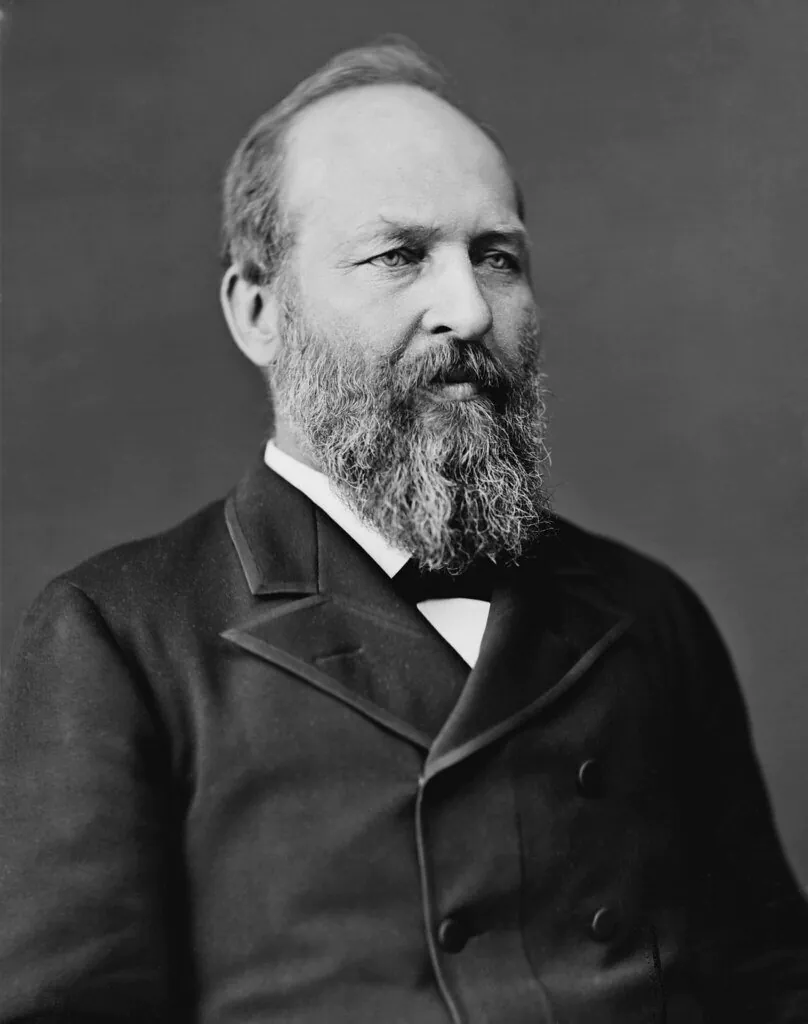
For people who live in warmer climates, refrigeration can seem like a life-or-death matter. Of course, we only believe it in a figurative or exaggerated sense. However, comfort cooling was literally a life-or-death matter for President James A. Garfield.
Garfield took office nearly 30 years after Gorrie's time. We did not have air conditioning or refrigeration in the Oval Office at the time. Unfortunately, tragedy struck and forced presidential staff to throw together a cooling apparatus.
Four months into his first term, Garfield was shot and seriously injured at a train station. When he arrived at the White House, naval engineers quickly rigged a cooling system to promote healing. It was quite simple, consisting of a fan that blew over fabric moistened with blocks of ice and ice water. Medical personnel believed that cooler temperatures would stop infections. They were on to something, but it wasn’t enough to save Garfield. Despite their efforts, Garfield died 79 days later.
CARRIER, FATHER OF THE AIR CONDITIONER
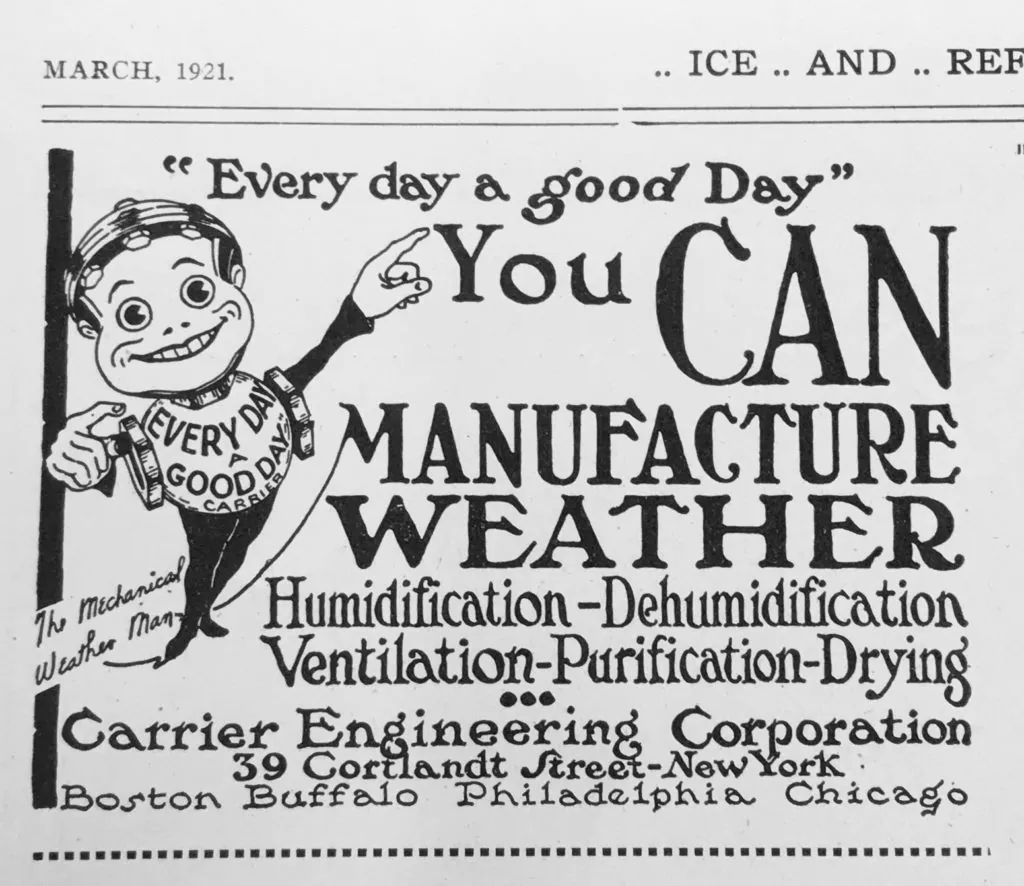
Refrigeration technology exploded with innovation in the twentieth century. That was when refrigeration became a money-making endeavor, not just an area of scientific research. (You could perhaps compare it to space travel today.) We mostly have one man and a dedicated team to thank.
In 1902, a young man named Willis Carrier constructed an “air conditioner.” However, he used cold groundwater, not compression. He left the company he worked for and formed the Carrier Engineering Corporation with a few other young engineers. That team continued developing HVAC and refrigeration technologies under that name. (A descendant of that original company continues to exist today. You may even have a Carrier A/C system in your home.)
The Carrier team developed an A/C system that could cool down an entire theater in the summer. That was the real turning point of A/C and refrigeration technology. People saw (and felt) how well Carrier's unit worked. Building owners or operators advertised the coolness of their buildings in the summer, and the luxury of A/C was something that almost everyone could feel.
With technology, there is no going back to previous points in history. Once we integrate technology into our lives, the only way is forward. That was truly the case for Carrier's invention. Accessibility and availability became the next focus of the budding A/C and refrigeration industries.
MODERN A/C AND REFRIGERATION
By the 1950s, air conditioning and refrigeration were staples of American life. Refrigeration spurred major changes in the way we preserved food and cooled spaces. Air conditioning even played a role in creating “galactic cities” in hotter climates, such as Houston, Las Vegas, and Los Angeles.
Today, we use refrigeration and air conditioning for a lot more than domestic cooling. They have contributed to advancements in computer science, space exploration, and vaccine distribution. The same technology that kept your beer cold in quarantine was used to preserve the vaccines that have brought the pandemic closer to its end.
However, climatologists have correlated the use of certain refrigerants with climate change. As a result, modern refrigeration companies have begun researching solid-state and magnetic-based technologies to reduce environmental impact. Overall, these systems harken back to the more “open” systems pioneered by Gorrie and Carrier.
As you can see, refrigeration has evolved a lot since ancient times. It started as a means of relief from the hot sun in the time of the ancients. Then, inventors discovered scientific principles and developed prototype technologies. Entrepreneurs then marketed comfort cooling to society. Now, we can't imagine life without refrigeration.
The history of refrigeration is rich, and the future remains bright. Modern experts encourage us to look back to look forward. So, we will always keep the discoveries of Ben Franklin, John Gorrie, and Willis Carrier close to our hearts.

